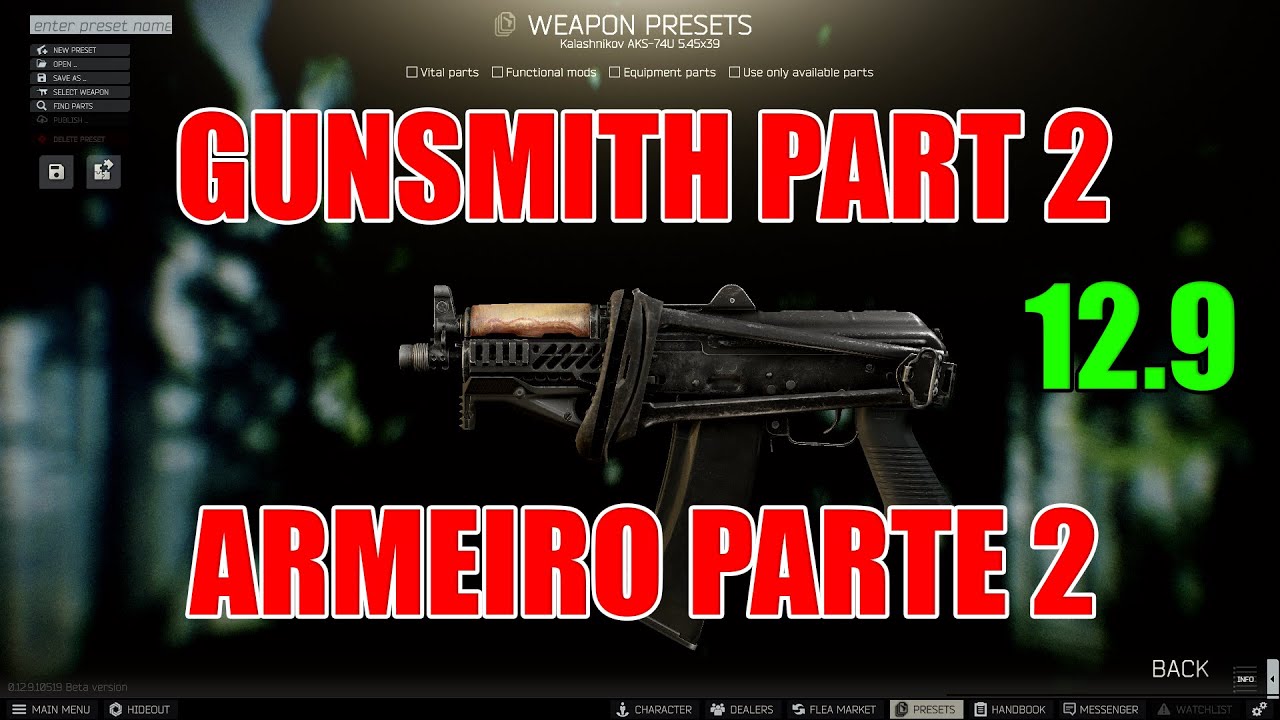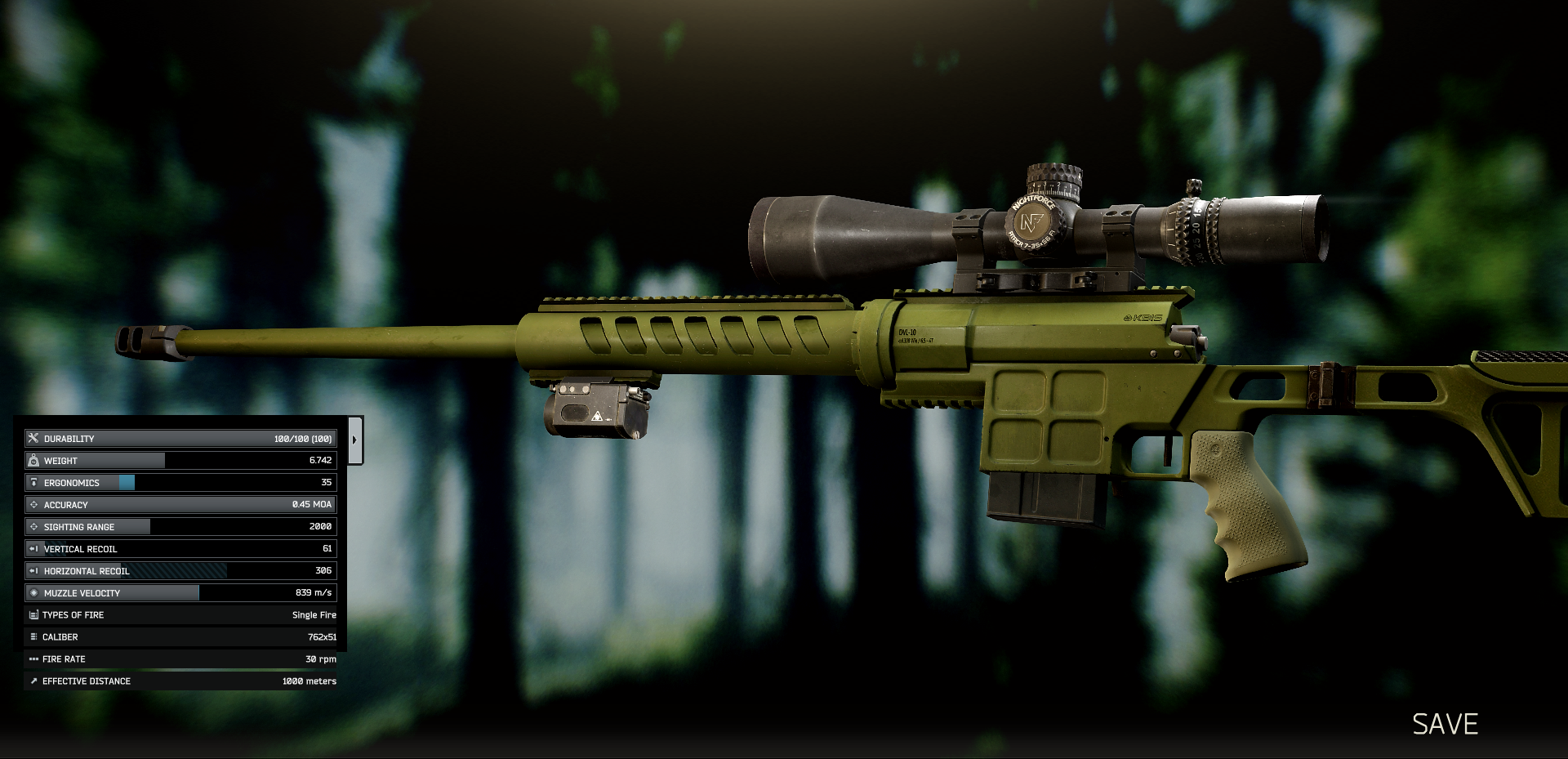In the world of firearm customization and maintenance, the term “gunsmith part 2” holds significant importance. Whether you’re a seasoned gunsmith or a novice looking to delve deeper into the craft, understanding the intricacies of Gunsmith Part 2 can enhance your skills and knowledge. This article aims to provide an in-depth exploration of Gunsmith Part 2, offering valuable insights and practical guidance.

Key Takeaways
- Understanding the role and importance of Gunsmith Part 2 in firearm customization.
- Step-by-step guidance on the processes involved in Gunsmith Part 2.
- Common challenges and how to overcome them.
- Tips for enhancing your gunsmithing skills.
What is Gunsmith Part 2?
Gunsmith Part 2 refers to a specific stage in the process of firearm customization and maintenance. It involves a deeper level of modification and fine-tuning, which is essential for achieving optimal performance and reliability. This stage requires a comprehensive understanding of firearm mechanics, attention to detail, and precision.
The Importance of Gunsmith Part 2

Gunsmith Part 2 is crucial for several reasons:
- Performance Enhancement: This stage allows for fine-tuning and modifications that can significantly enhance the firearm’s performance.
- Customization: It provides the opportunity to personalize firearms according to individual preferences, ensuring a unique and tailored experience.
- Reliability: Proper execution of Gunsmith Part 2 ensures the firearm operates reliably under various conditions.
Step-by-Step Guide to Gunsmith Part 2
Embarking on Gunsmith Part 2 requires careful planning and execution. Here’s a step-by-step guide to help you navigate this process:
1. Preparation and Planning
Before diving into the technical aspects, preparation is key. This involves gathering the necessary tools and materials, understanding the specific modifications required, and setting a clear plan of action.
2. Disassembly
Begin by carefully disassembling the firearm. This step is crucial for gaining access to the internal components that require modification. Ensure you have a clear understanding of the firearm’s assembly to avoid any damage.
3. Component Inspection

Once disassembled, inspect each component for wear and tear. Identifying parts that need replacement or modification is essential for ensuring the firearm’s longevity and performance.
4. Modification and Customization
This is the core of Gunsmith Part 2. Depending on the desired outcome, modifications may include barrel adjustments, trigger modifications, or sight enhancements. Precision is crucial in this step to maintain the firearm’s integrity.
5. Reassembly
After completing the modifications, carefully reassemble the firearm. Ensure all components are securely fitted and functioning as intended. This step requires patience and attention to detail to avoid any operational issues.
6. Testing and Calibration
Once reassembled, conduct thorough testing and calibration. This involves checking the firearm’s functionality, accuracy, and safety features. Any discrepancies should be addressed immediately to ensure optimal performance.

Common Challenges and Solutions
Gunsmith Part 2 can present several challenges, especially for beginners. Here are some common issues and how to overcome them:
- Precision Issues: Achieving the desired level of precision can be challenging. Practice and patience are key to developing the necessary skills.
- Component Compatibility: Ensuring compatibility between modified components is essential. Thorough research and planning can help mitigate this issue.
- Safety Concerns: Safety should always be a priority. Adhering to safety protocols and guidelines can prevent accidents and injuries.
Tips for Enhancing Your Gunsmithing Skills
Improving your gunsmithing skills requires dedication and continuous learning. Here are some tips to help you on your journey:
- Continuous Education: Stay updated with the latest trends and technologies in gunsmithing through courses and workshops.
- Hands-On Practice: Regular practice is crucial for honing your skills. Experiment with different techniques and modifications to gain experience.
- Networking: Connect with other gunsmiths to share knowledge and experiences. This can provide valuable insights and support.
- Attention to Detail: Developing a keen eye for detail is essential in gunsmithing. Focus on precision and accuracy in every task.
Gunsmith Part 2 is a vital aspect of firearm customization and maintenance. By understanding its importance and following a systematic approach, enthusiasts can enhance their skills and achieve exceptional results. Whether you’re aiming to improve performance, customize your firearm, or ensure reliability, mastering Gunsmith Part 2 is a rewarding endeavor that offers endless possibilities.
With dedication and practice, you can elevate your gunsmithing abilities and create firearms that are not only functional but also uniquely tailored to your preferences. Embrace the challenge, and let your passion for gunsmithing guide you toward excellence.